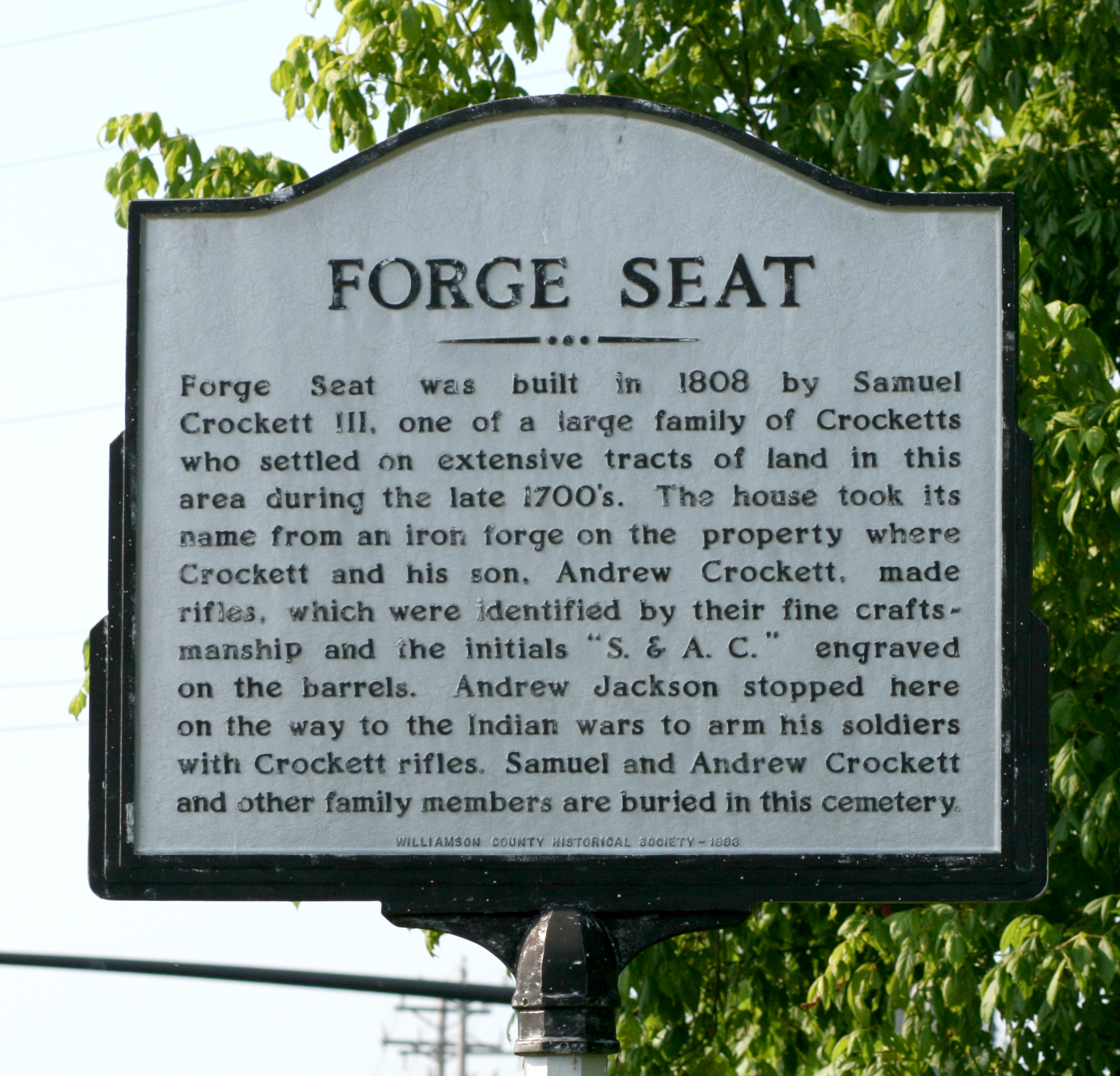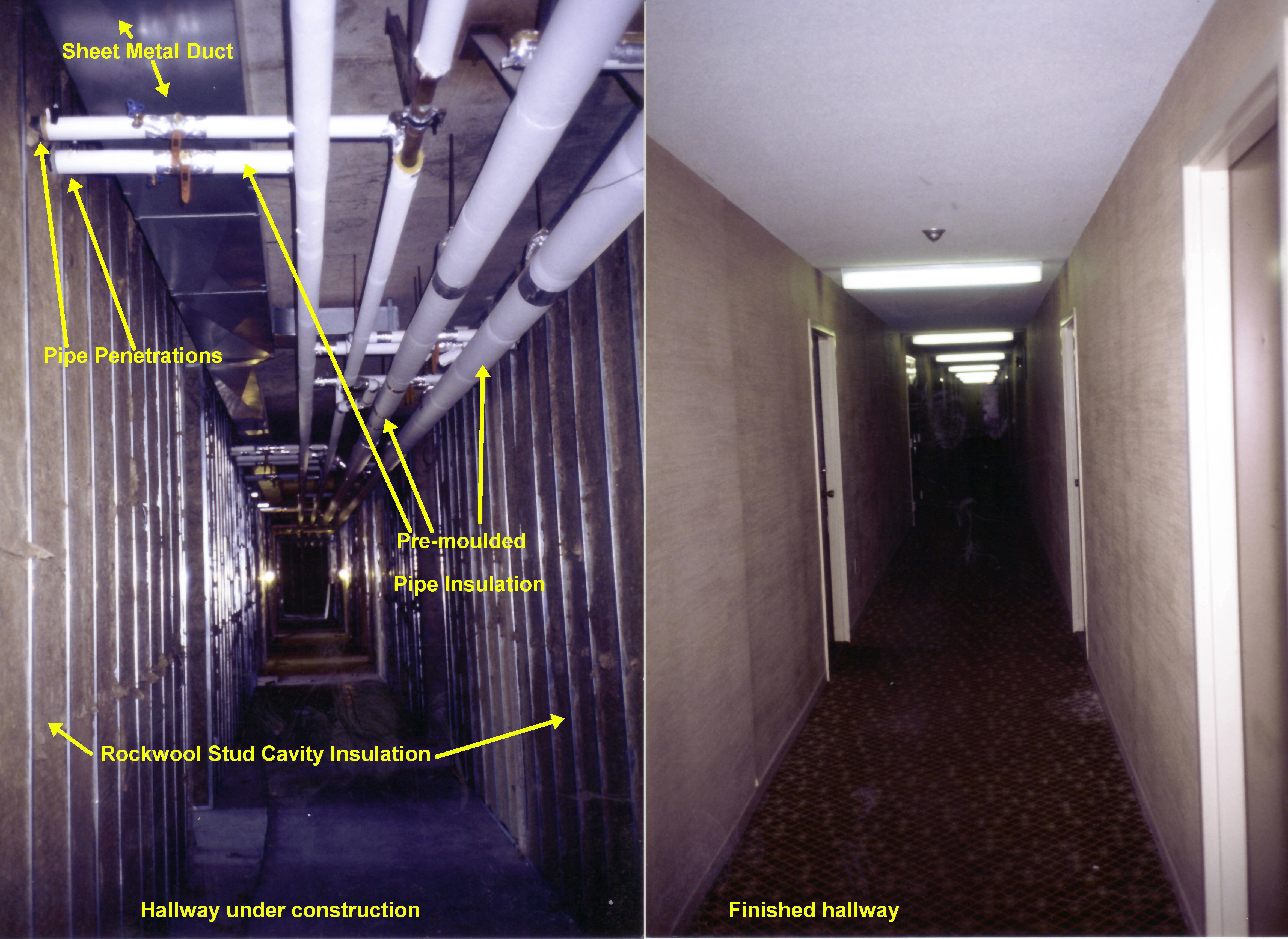|
Hall And Parlor House
A hall-and-parlor house is a type of vernacular house found in early-modern to 19th century England, as well as in colonial North America. The Hall-and-Parlor or Hall-and-Chamber House in ''American houses: a field guide to the architecture of the home'' by Gerald L. Foster It is presumed to have been the model on which other North American house types have been developed, such as the Cape Cod house, , and |
Hall And Parlor House Floor Plan
In architecture, a hall is a relatively large space enclosed by a roof and walls. In the Iron Age and early Middle Ages in northern Europe, a mead hall was where a lord and his retainers ate and also slept. Later in the Middle Ages, the great hall was the largest room in castles and large houses, and where the servants usually slept. As more complex house plans developed, the hall remained a large room for dancing and large feasts, often still with servants sleeping there. It was usually immediately inside the main door. In modern British houses, an entrance hall next to the front door remains an indispensable feature, even if it is essentially merely a corridor. Today, the (entrance) hall of a house is the space next to the front door or vestibule (architecture), vestibule leading to the rooms directly and/or indirectly. Where the hall inside the front door of a house is elongated, it may be called a passage, corridor (from Spanish ''corredor'' used in El Escorial and 100 ... [...More Info...] [...Related Items...] OR: [Wikipedia] [Google] [Baidu] |
Gable
A gable is the generally triangular portion of a wall between the edges of intersecting roof pitches. The shape of the gable and how it is detailed depends on the structural system used, which reflects climate, material availability, and aesthetic concerns. The term gable wall or gable end more commonly refers to the entire wall, including the gable and the wall below it. Some types of roof do not have a gable (for example hip roofs do not). One common type of roof with gables, the gable roof, is named after its prominent gables. A parapet made of a series of curves (Dutch gable) or horizontal steps (crow-stepped gable) may hide the diagonal lines of the roof. Gable ends of more recent buildings are often treated in the same way as the Classic pediment form. But unlike Classical structures, which operate through trabeation, the gable ends of many buildings are actually bearing-wall structures. Gable style is also used in the design of fabric structures, with varying degree ... [...More Info...] [...Related Items...] OR: [Wikipedia] [Google] [Baidu] |
House Types
This is a list of house types. Houses can be built in a large variety of configurations. A basic division is between free-standing or single-family detached homes and various types of attached or multi-family residential dwellings. Both may vary greatly in scale and the amount of accommodation provided. By layout Hut A hut is a dwelling of relatively simple construction, usually one room and one story in height. The design and materials of huts vary widely around the world. Bungalow Bungalow is a common term applied to a low one-story house with a shallow-pitched roof (in some locations, dormered varieties are referred to as 1.5-story, such as the chalet bungalow in the United Kingdom). Cottage A cottage is a small house, usually one or two story in height, although the term is sometimes applied to larger structures. Ranch A ranch-style house or rambler is one-story, low to the ground, with a low-pitched roof, usually rectangular, L- or U-shaped with deep overha ... [...More Info...] [...Related Items...] OR: [Wikipedia] [Google] [Baidu] |
Hall And Parlor Houses
In architecture, a hall is a relatively large space enclosed by a roof and walls. In the Iron Age and early Middle Ages in northern Europe, a mead hall was where a lord and his retainers ate and also slept. Later in the Middle Ages, the great hall was the largest room in castles and large houses, and where the servants usually slept. As more complex house plans developed, the hall remained a large room for dancing and large feasts, often still with servants sleeping there. It was usually immediately inside the main door. In modern British houses, an entrance hall next to the front door remains an indispensable feature, even if it is essentially merely a corridor. Today, the (entrance) hall of a house is the space next to the front door or vestibule leading to the rooms directly and/or indirectly. Where the hall inside the front door of a house is elongated, it may be called a passage, corridor (from Spanish ''corredor'' used in El Escorial and 100 years later in Castle How ... [...More Info...] [...Related Items...] OR: [Wikipedia] [Google] [Baidu] |
National Park Service
The National Park Service (NPS) is an agency of the United States federal government within the U.S. Department of the Interior that manages all national parks, most national monuments, and other natural, historical, and recreational properties with various title designations. The U.S. Congress created the agency on August 25, 1916, through the National Park Service Organic Act. It is headquartered in Washington, D.C., within the main headquarters of the Department of the Interior. The NPS employs approximately 20,000 people in 423 individual units covering over 85 million acres in all 50 states, the District of Columbia, and US territories. As of 2019, they had more than 279,000 volunteers. The agency is charged with a dual role of preserving the ecological and historical integrity of the places entrusted to its management while also making them available and accessible for public use and enjoyment. History Yellowstone National Park was created as the first national par ... [...More Info...] [...Related Items...] OR: [Wikipedia] [Google] [Baidu] |
John Crafton House
The John Crafton House (also known as Ralroth Farm) is a historic property in Franklin, Tennessee, United States, that was listed on the National Register of Historic Places on April 13, 1988. It was built, remodeled, or has other significance in about 1813 and c. 1830. It includes Hall-parlor plan and other architecture. When listed the property included one contributing building, one contributing structure and one non-contributing structure on an area of . It is a one-story a one-story, brick house was built in two stages. The original section was built c.1813 and includes its original nine panel door, with a main facade built in Flemish bond Brickwork is masonry produced by a bricklayer, using bricks and mortar. Typically, rows of bricks called ''courses'' are laid on top of one another to build up a structure such as a brick wall. Bricks may be differentiated from blocks by siz ... and side facades laid in five- and seven-course common bond. With . The property ... [...More Info...] [...Related Items...] OR: [Wikipedia] [Google] [Baidu] |
John Neely House
The John Neely House is a property in Thompsons Station, Tennessee dating from c. 1810 that was listed on the National Register of Historic Places The National Register of Historic Places (NRHP) is the United States federal government's official list of districts, sites, buildings, structures and objects deemed worthy of preservation for their historical significance or "great artistic ... in 1988. The property has also been known as Hilltop Manor. The NRHP eligibility of the property was addressed in a 1988 study of Williamson County historical resources. References Houses on the National Register of Historic Places in Tennessee Houses in Williamson County, Tennessee Hall-parlor plan architecture in Tennessee Houses completed in 1810 National Register of Historic Places in Williamson County, Tennessee {{WilliamsonCountyTN-NRHP-stub ... [...More Info...] [...Related Items...] OR: [Wikipedia] [Google] [Baidu] |
Samuel Crockett House
The Samuel Crockett House, also known as Forge Seat, is a property in Brentwood, Tennessee, United States, that was listed on the National Register of Historic Places in 1988. It was home of Samuel Crockett, son of Andrew Crockett, whose home is also NRHP-listed as Andrew Crockett House. When listed the property included five contributing buildings, one non-contributing building, and one non-contributing structure, on an area of . Andrew Crocket, Samuel's father, received a grant for Revolutionary War services. He built his first log home on the southeast side of what is now Brentwood in 1799. His son, Samuel Crockett built a two-story brick home nearby, which was completed ca. 1808. The home became known as "Forge Seat" because of the iron forge located on the property. Samuel Crockett and his son, Andrew, made iron implements here and specialized in rifle making. Crockett's rifles "were identified by their fine craftsmanship and the initials 'S. & A. C.' engraved on th ... [...More Info...] [...Related Items...] OR: [Wikipedia] [Google] [Baidu] |
John Pope House (Burwood, Tennessee)
The John Pope House, also known as Eastview, is a historic house in Burwood, Williamson County, Tennessee. It incorporates hall-parlor plan architecture and single pen architecture. History The original part of the house was built of logs circa 1806 by slaves for Reverend John C. Pope, a veteran of the American Revolutionary War and a lay Methodist minister. Originally it "was one of the more ornate log residences built during this period in the county with wainscoting, chair rails and plaster walls." Pope conducted well-attended camp meetings at locations around the area. He owned 2,200 acres by 1805, and 37 slaves by 1820. He deeded land for the construction of a chapel nearby in 1818. He was married twice, and he had 15 children. His granddaughter, Edith Pope, was the president of the Nashville No. 1 chapter of the United Daughters of the Confederacy and second editor of the ''Confederate Veteran''. The house has exterior brick chimneys and a standing metal seam gable roof ... [...More Info...] [...Related Items...] OR: [Wikipedia] [Google] [Baidu] |
Williamson County, Tennessee
Williamson County is a county in the U.S. state of Tennessee. As of the 2020 United States census, the population was 247,726. The county seat is Franklin, and the county is located in Middle Tennessee. The county is named after Hugh Williamson, a North Carolina politician who signed the U.S. Constitution. Adjusted for relative cost of living, Williamson County is one of the wealthiest counties in the United States. Williamson County is part of the Nashville-Davidson–Murfreesboro–Franklin, TN Metropolitan Statistical Area. In the 19th century, tobacco and hemp were cultivated here, and planters also raised blooded livestock, including horses and cattle. History Pre-Civil War The Tennessee General Assembly created Williamson County on October 26, 1799, from a portion of Davidson County. This territory had long been inhabited by at least five Native American cultures, including the Cherokee, Chickasaw, Choctaw, Creek, and Shawnee. It is home to two Mississippian-period mou ... [...More Info...] [...Related Items...] OR: [Wikipedia] [Google] [Baidu] |
Hall
In architecture, a hall is a relatively large space enclosed by a roof and walls. In the Iron Age and early Middle Ages in northern Europe, a mead hall was where a lord and his retainers ate and also slept. Later in the Middle Ages, the great hall was the largest room in castles and large houses, and where the servants usually slept. As more complex house plans developed, the hall remained a large room for dancing and large feasts, often still with servants sleeping there. It was usually immediately inside the main door. In modern British houses, an entrance hall next to the front door remains an indispensable feature, even if it is essentially merely a corridor. Today, the (entrance) hall of a house is the space next to the front door or vestibule leading to the rooms directly and/or indirectly. Where the hall inside the front door of a house is elongated, it may be called a passage, corridor (from Spanish ''corredor'' used in El Escorial and 100 years later in Castle H ... [...More Info...] [...Related Items...] OR: [Wikipedia] [Google] [Baidu] |







